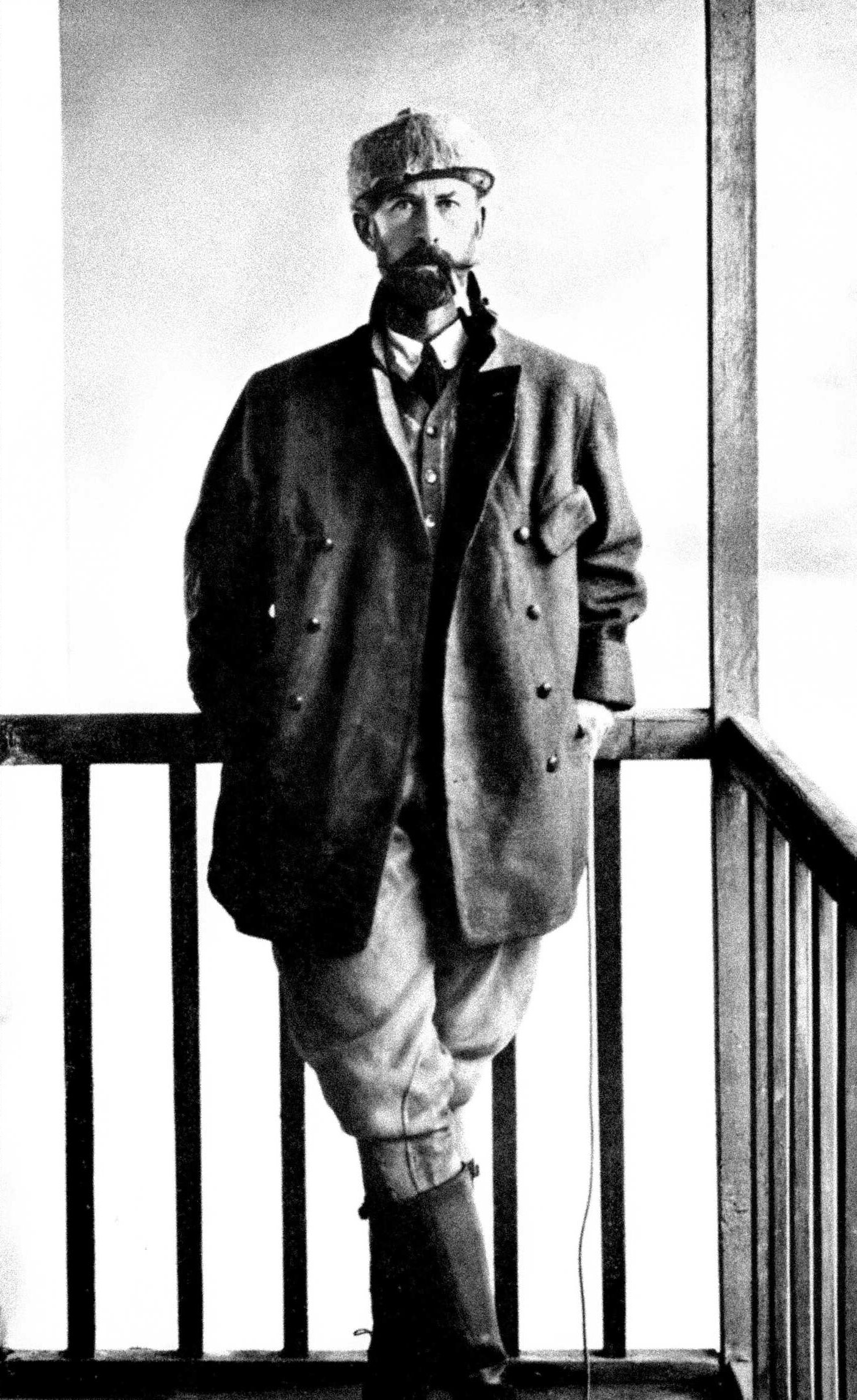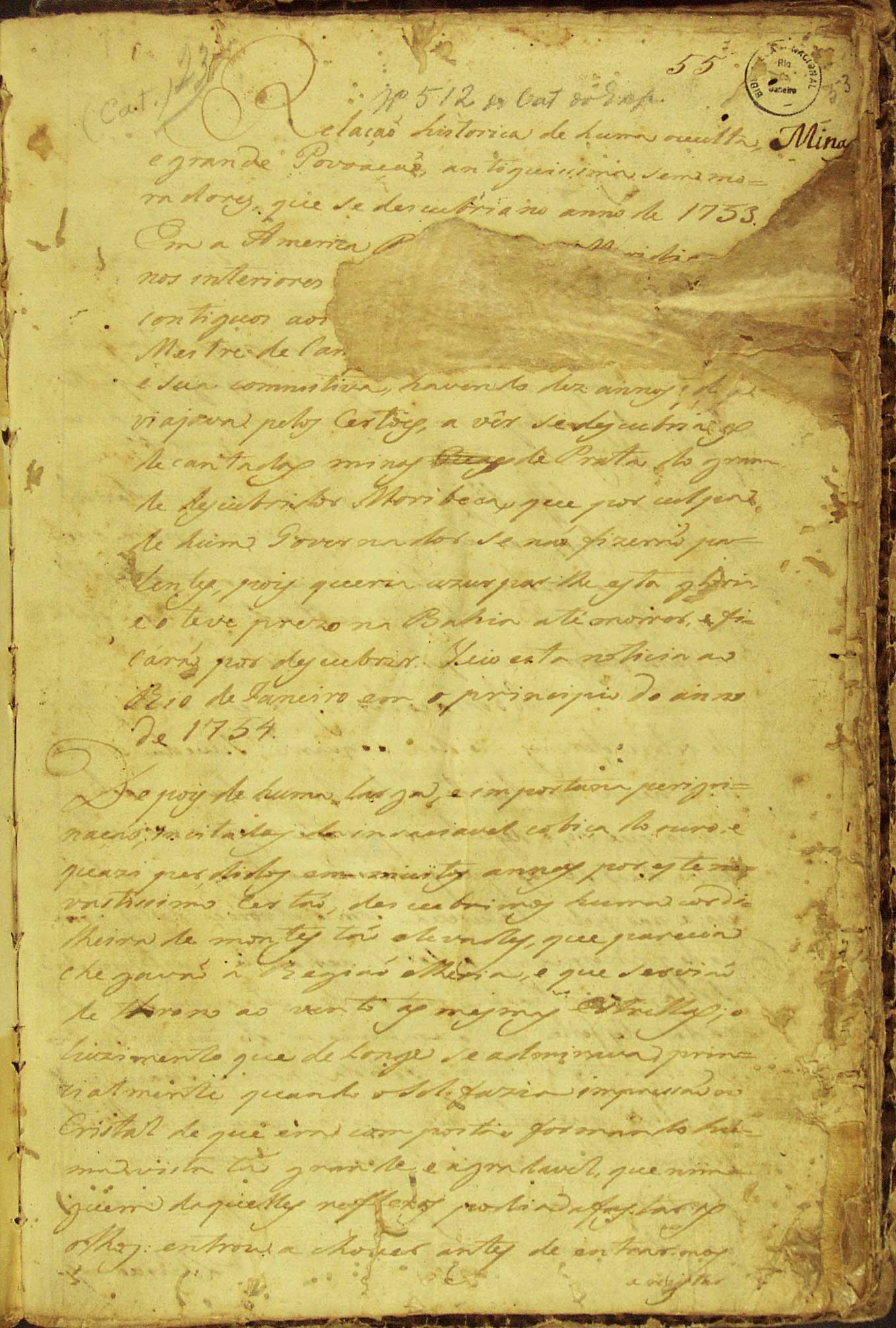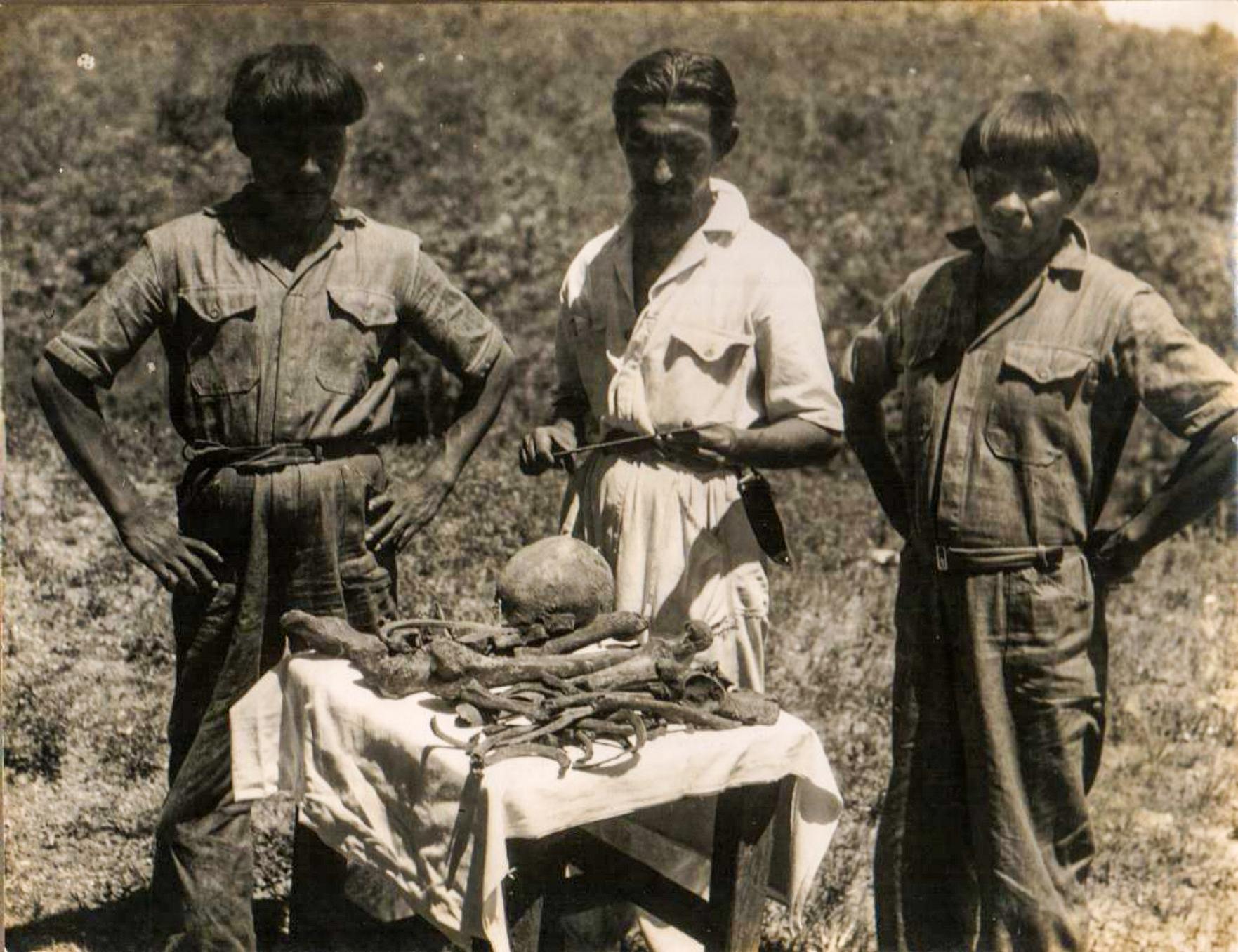It has been almost a century since Colonel Percy Fawcett, a determined English explorer, vanished while searching for an ancient civilization he referred to as ‘Z’ in the Amazon. In 1925, both he and his eldest son Jack, 22, went missing, taking any trace of ‘Z’ with them.

So many decades following the start of what is famously recognized as “the greatest exploration mystery of the 20th century,” an epic feature film has kept it alive. However, with the new understanding of the effects of human activity on the previously assumed “untouched” rainforest, is it possible to uncover the facts about ‘Z’ and the whereabouts of Fawcett?
Manuscript 512

In 1920, Fawcett stumbled upon a document in the National Library of Rio De Janeiro called Manuscript 512. Written by a Portuguese explorer in 1753, it detailed the discovery of a walled city in the depths of the Mato Grosso region of the Amazon. The manuscript described a city of silver with multi-story buildings, tall stone arches, and wide streets that led to a lake. On the side of a structure, the explorer noted strange letters that resembled ancient Greek or a European alphabet.
The archaeologists disregarded these assertions, contending that the jungles could not contain such gigantic cities. Nonetheless, for Fawcett, the pieces of the puzzle fit together.
In 1921, Fawcett began his first quest to find the ‘lost city of Z.’ However, soon after leaving, he and his team felt discouraged due to the difficulties of the rainforest, wild animals, and an abundance of illness. His mission was stalled, but he still set out again by himself from Bahia, Brazil, later that same year. He stayed on this path for three months before returning unsuccessful.
Percy Fawcett’s disappearance
Percy’s ultimate hunt for ‘Z’ finished with his unfortunate disappearance. In April, 1925, he strove one more time to discover ‘Z’, this time better equipped and better funded by newspapers and organizations including the Royal Geographic Society and the Rockefellers. Joining him on the journey was his closest companion Raleigh Rimell, his eldest son Jack aged 22, and two Brazilian workers.
On that fateful day of May 29th, 1925, Percy Fawcett and his team reached the edge of a completely uncharted land, where the lush jungles had never been visited by foreigners. He explained in a letter home they were crossing the Upper Xingu, a southeastern tributary of the Amazon River, and had sent one of their Brazilian travel companions back, wishing to continue the journey on their own.
As they made their way to a place called Dead Horse Camp, Fawcett sent dispatches back home for five months and after the fifth month, they stopped. In his final one, he wrote a reassuring message to his wife, Nina, claiming that they will be successful in conquering the region soon. “We hope to get through this region in a few days…. You need have no fear of any failure.” Unfortunately, this was the last anyone ever heard from them.
The team had announced their intention to be away for a year, so when two had passed with no word, people started to become concerned. A number of search parties were sent out, some of whom vanished in the same manner as Fawcett. Albert de Winton, a journalist, was sent to locate his team and was never seen again.
In all, 13 expeditions were launched in an attempt to answer the unexplained disappearance of Fawcett, and more than 100 people were either killed or had joined the explorer in his disappearance into the jungle. A great many people offered themselves to go on the expeditions, and dozens of them set out to search for Fawcett in the following decades.
Did someone kill Percy Fawcett?
The official report from a rescue mission suggested that Fawcett had been killed for offending an Indian chief, which is the accepted story. However, Fawcett had always emphasized the need to keep good relations with the local tribes and the local people’s memories of him seem to be in line with what he wrote.
Another potential explanation is that he and his team may have died from a tragic accident, such as a disease or drowning. A third possibility is that they were unexpectedly attacked by robbers and killed. Prior to this expedition, a revolution had occurred in the area, and some renegade soldiers had been hiding in the jungle. In the months following this expedition, travelers had reported being stopped, robbed, and in some cases, murdered by the rebels.
In 1952, the Kalapalo Indians of Central Brazil informed of some visitors who had gone through their land and were slain for being disrespectful to the kids of the village. The specifics of their narrative implied that the deceased were Percy Fawcett, Jack Fawcett, and Raleigh Rimmell. Subsequently, Brazilian explorer Orlando Villas Boas investigated the supposed location where they were murdered and retrieved human remains, along with personal possessions including a knife, buttons, and small metal objects.

Multiple tests were conducted on the bones, yet no definite conclusion could be reached due to the absence of DNA samples from members of Fawcett’s family, who had declined to offer any. Presently, the bones are being stored in the Forensic Medicine Institute located at the University of Sao Paulo.
In spite of the elusive nature of Colonel Percy Fawcett’s famed ‘Lost City of Z,’ numerous ancient cities and ruins of religious places have been revealed in the rainforests of Guatemala, Brazil, Bolivia, and Honduras in recent times. Thanks to advancements in scanning technology, it is conceivable that a city that might have inspired the myths of ‘Z’ could be identified at some point in the future.
After reading about the unexplained disappearance of Percy Fawcett and the Lost City of Z, read about Alfred Isaac Middleton who is said to discover the Lost City of Dawleetoo and the casket of gold.




